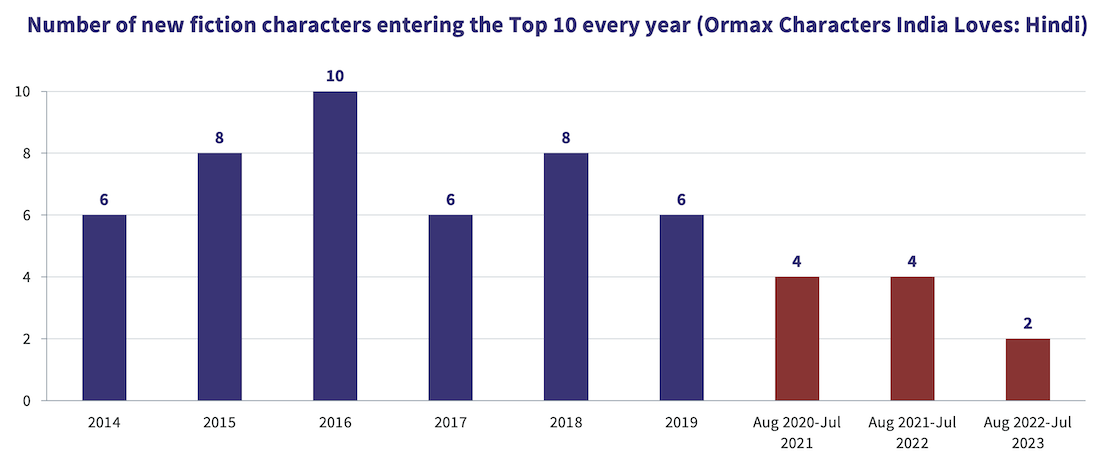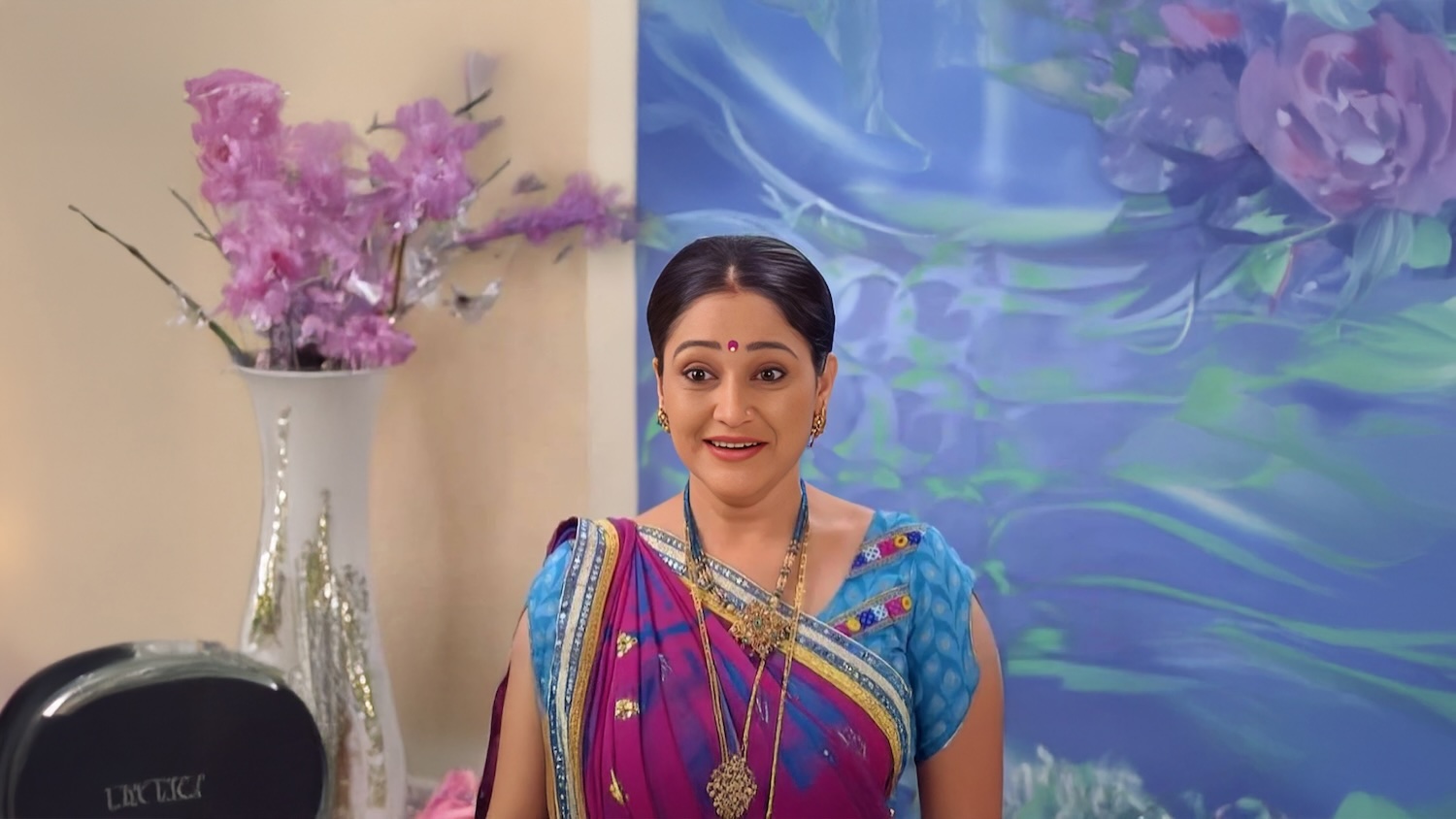


Viewers are loyal to program, not to channels. This ‘insight’ about the Indian television audience, or even TV audience across the world, may seem almost axiomatic. But 15 years ago, when Ormax Media launched and started doing extensive consumer research in the television industry, there was enough material to challenge this loyalty-defining insight. It seemed that many viewers were ‘channel loyal’ without knowing it consciously. They would think (and hence claim) that they watch TV for specific programs, but data on their viewing patterns indicated low propensity to shift to programs outside their favorite channels. In a research report published by us in 2012, less than 40% of Hindi GEC audience were classified as ‘Variety Seekers’, while the remaining 60%+ were loyal to one channel brand or another, i.e., more than 70% of their prime-time General Entertainment program viewing on weekdays was on a single channel.
Allow me to park that idea aside for a minute to introduce a related topic. Appointment viewing, defined as a viewer’s conscious choice to watch a particular show/channel at a particular time everyday (or every week) has been the Holy Grail of television for decades now. Millions of marketing dollars (and indeed, rupees) are spent in the hope that viewers keep their date with a show. Kaun Banega Crorepati’s ‘9 Baj Gaye Kya?’ campaign from more than two decades ago is arguably the best Indian example of a concerted effort to create such appointment.
With an increase in media clutter, appointment viewing has been hard to come by. It’s not just the plethora of TV channels that’s making it tough for their owners to pursue this agenda. It’s the nature of the smartphone era we live in, and the social media and streaming excess that we have invariably fallen prey to. It’s no secret that attention spans have continued to decline over time, across all walks of life in general. Appointment viewing is essentially an ‘attention-grabbing’ premise. And declining attention spans are in direct conflict with the idea of appointment viewing.
Lower appointment should lead to more variety-seeking behaviour, of the type mentioned at the start of this piece. Whether because of boredom or general distraction, getting a viewer (and via her, the family) to stick to one channel for an extended session (1-1.5 hours, for example) would seem like an impossible task in 2023.
But this impossible is happening! Both qualitative and quantitative data suggests that viewers are flipping TV channels lesser than before. Their propensity to try new things (new shows, new channels, etc.) is on the decline. They are happy to stick to one channel per genre (two channels at most for their favorite genre). And to not more than 2-3 genres, compared to 4-5 earlier.
In this 2021 piece titled ‘Show me the buzz’, Keerat Grewal highlights the dramatic drop in Unaided Awareness of new Hindi GEC shows over the last decade. Her primary argument is linked to the quality of content falling short of viewer expectations. While that may be true, the trend of falling awareness and interest in new television content is now a wider phenomenon, transcending genres and languages. And even as viewer satisfaction with Hindi GEC content has improved over the last 2-3 years, the buzz for new launches remains remarkably low.
The chart below, based on Ormax Characters India Loves, has a count of the number of new characters that entered the Top 10 list of most popular Hindi GEC fiction characters for at least one month in the respective calendar years. Because of pandemic-led disruption, the first half of 2020 has been excluded from this analysis.
 The average number of new characters has dropped from 7.3 per year in the six years before the pandemic, to only 3.3 per year in the last three years. The inference is simple: Core Hindi GEC viewers are increasingly averse to trying new shows, especially if they are not on their favorite channel. They are happy to stick to long-running shows, or to their favorite channels, where they may sample some of the new launches.
The average number of new characters has dropped from 7.3 per year in the six years before the pandemic, to only 3.3 per year in the last three years. The inference is simple: Core Hindi GEC viewers are increasingly averse to trying new shows, especially if they are not on their favorite channel. They are happy to stick to long-running shows, or to their favorite channels, where they may sample some of the new launches.
The non-fiction scenario is no different. New formats have struggled to break through, and reality shows that continue to deliver some ratings are the long-running ones, with some of their having passed Season 15 now. Similar trends are emerging in genres such as movies and news. The propensity to experiment with new content is at an all-time low.
It’s not Appointment TV. It’s Inertia TV.
Seeking comfort in the familiar could be a larger social theme post-pandemic. One could even attribute the recent success of films headlined by superstars of the 1990s (Jawan, Pathaan, Gadar 2 and Jailer) to this familiarity factor. But there’s more to Inertia TV than just the benefit of familiarity.
The mobile phone, through its many options ranging from Instagram to YouTube to OTT apps, offers video content that is ‘sought’ by the audience. Even though algorithms are at play to serve content that one is likely to engage with, a large proportion of digital consumption is search-led and purposeful.
Television, then, is finding a role that’s essentially ‘low effort’ in nature. The classic ‘couch potato’ idea could be a more accurate description for Indian TV audience today, than ever before. A digital offering like Instagram Reels is closer to television in that sense. It is inertia-led, and more ‘serve’ than ‘seek’ in its construct. Much like Indian television of today.
This could be good news for advertisers, because it suggests less channel flipping in general, and hence lower ad avoidance too. But inertia does not guarantee engagement, and ad viewership can tend to be fairly distracted, given the parallel device (smartphone) being handy for many viewers.
Did the Indian TV industry do this to itself, by not innovating at the right pace? It’s a complex topic of discussion, and my opinion is that the rise of Inertia TV is as much about an inertial industry as it is about the digital revolution that provides a striking contrast, thereby impacting how TV is perceived and consumed.
Inertia TV may not be anywhere close to Appointment TV in its persuasiveness, but it’s not as if Appointment TV is a viable alternative. Appointment was going to die anyway, or at least become marginalized, limited to marquee sports events and an odd show that’s a family favorite. For content creators and marketers, Inertia TV poses new challenges, but also offers new opportunities in equal measure. Creating strong brands that are consistent in their offering over time becomes a key factor. The inertia at play here is not very different from that seen in the FMCG universe, where audience can stick to their favorite brand of soap, toothpaste, or cooking oil for years, simply because they have little incentive to rethink their choices.
It may be time to unlearn some rules of television. The 9pm appointment may no longer be the Holy Grail. The destination, rather than the time, would hold more significance in the channel wars to win viewership share of an audience that’s happy to sit back and watch whatever the trusted destination serves!

Introducing Ormax Media Affluence (OMA)
OMA is a new audience classification system designed specifically to measure affluence level of audiences in context of the media & entertainment sector in India

Venn It Happens: OTT & Linear TV audience intersection
The first edition of our new feature Venn It Happens illustrates the intersection between OTT and Linear TV audiences in India, using data from The Ormax OTT Audience Report: 2025

Not just nostalgia: Why legacy characters are dominating HGECs
Despite not featuring in the show since 2017, Daya (Taarak Mehta Ka Ooltah Chashmah) continues to enjoy immense popularity among Hindi GEC audiences. Her enduring success highlights a category trend
Subscribe to stay updated with our latest insights
We use cookies to improve your experience on this site. To find out more, read our Privacy Policy